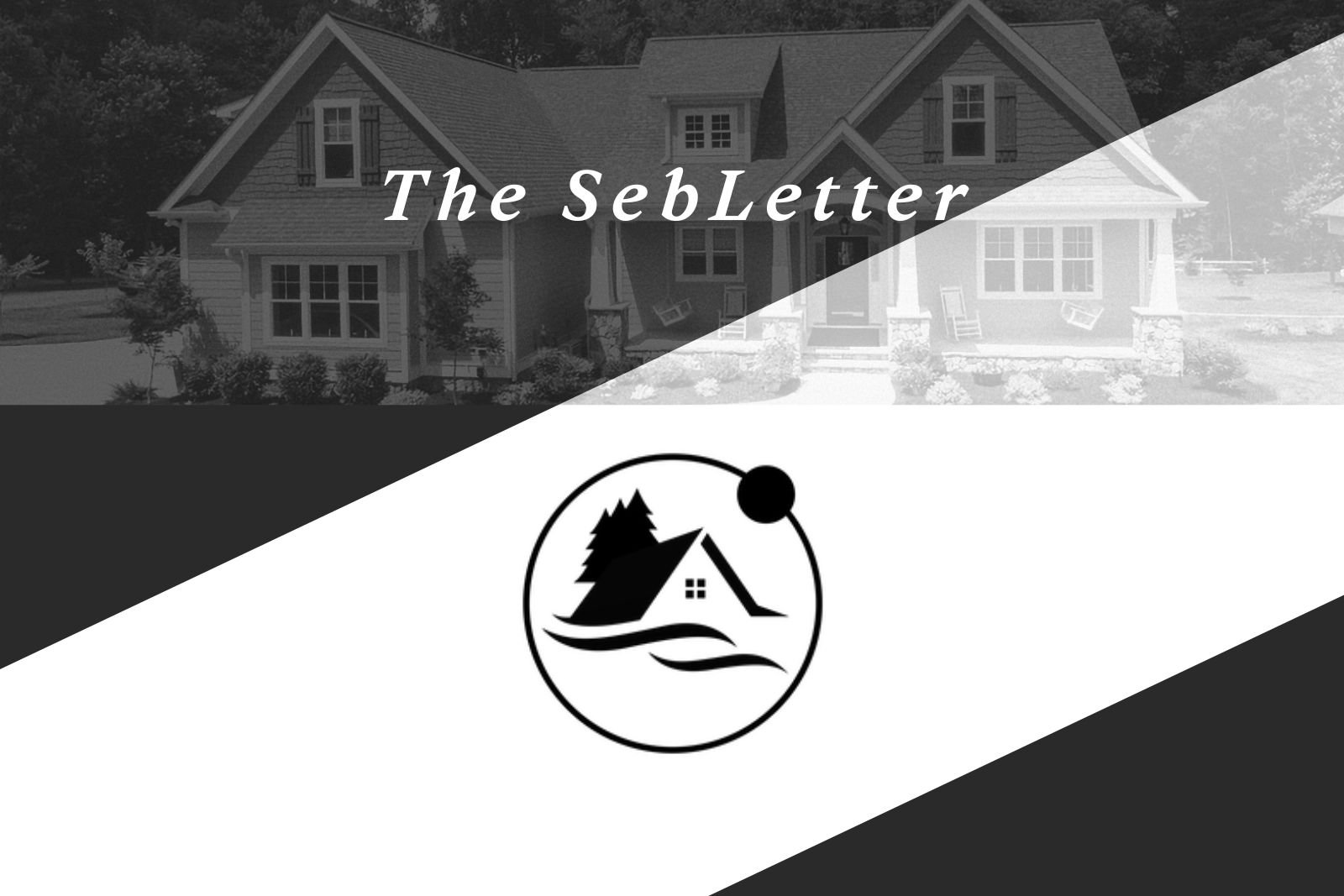I can’t believe I’m saying this, but…welcome to 2025! The jury is still out on what kind of year it’s going to be…and given how volatile our world seems to have become, we will probably will remain deadlocked on judgement of 2025 right through December 31st.
And while 2024 (and the past few years before) have been some of the most challenging of our lifetimes, the Silicon Valley market once again defied expectations, closing out the year on a high note.
Over 31 properties in Silicon Valley sold for at least $200,000 above asking, with 11 homes surpassing $500,000 over list price. Even in December—typically a slower month due to the holidays—the market showed incredible resilience, with fierce bidding wars driven by multiple offers.
Highlights from December:
- 1114 Polk Avenue, Sunnyvale: 25 offers / 7 DOM / 28.7% over list price
- 810 Cottonwood Drive, Cupertino: 18 offers / 9 DOM / 15.3% over list price
- 20317 Glasgow Drive, Saratoga: 18 offers / 5 DOM /24.4% over list price
- 20727 Garden Crest Court, Cupertino: 12 offers / 7 DOM / 14.5% over list price
Click here to see all four of these sales on Compass.
Notably, 20317 Glasgow Drive in Saratoga achieved an impressive $1,051,000 over the asking price, while 808 Bremerton Drive in Sunnyvale sent for $928,888 above list price.
So why is it that December is often the slowest month in real estate, yet this past December we witnessed such truly spectacular sale prices?
I hate to beat a dead horse, but it comes down to – as always – one simple thing: the law of supply and demand.
December is typically the slowest month in real estate because demand wanes in the holiday season, as buyers are distracted by the festivities, travel, and spending time with friends and family.
Even so, I can recall many “hot” Decembers over the years, when it seemed as though homes were just flying off the shelves. Some years, demand will remain unabated through the holiday season, as inventory reaches its lowest point of the year.
It’s a very rare December indeed when the market becomes swamped with new inventory. That’s why in a time when inventory is historically at its lowest point of the year, when a new well-priced listing hits the market, the result is predictable if demand remains strong: multiple offers and bidding wars is the inevitable result. Note that all four of the homes I cite here were on the market a very short period of time indicating that these were in fact very new listings when they went under contract.
The success of these four sales in the “slowest” time of year also puts the lie to the importance of seasonality. My clients often ask me, “What is the best time to sell a house in Silicon Valley?” I have written about this extensively over the years, and statistically, the “best time” to list a home for sale in Silicon Valley is in the spring (January 15 to March 15) and fall (2nd week of September through 3rd week of October).
But why are these the best times of year to list a home for sale? The reason, again, comes down to supply vs. demand. In early spring and early fall, it is typical for the balance of supply vs. demand to more strongly favor sellers than at other times of the year. That’s it. There is no more magic to it than that.
Yet here we have sterling examples of how homeowners can have shockingly good results listing their home in December. That’s because, regardless of the time of year, you can exploit the fundamental law of supply and demand in your favor to wring the absolute best price and terms on the sale of your home, even setting record pricing for the year.
I can 100% guarantee you that these four sellers could have easily fumbled the sale and ended up with dramatically lower sale prices and much longer days on market by doing one simple thing: overpricing their homes. Regardless of the time of year or the amount of inventory or the demand for homes, overpricing your home is a sure-fire way to decrease your home’s sale price and augment its time on market.
Of course, people can point to instances where a home came on the market at a very high price, only to sell quickly at an even higher price. They’ll point to the condition, or the way that it was staged, the large lot size, the amazing floor plan, the WalkScore, and whatever else.
All of those things point to one thing: demand for that house would be strong. But demand for homes in poor condition, without staging, on small lots, with terrible floor plans and abysmal WalkScores can be sky-high too.
Want to increase demand for your home? There’s no need to stage it, or spend tens of thousands of dollars primping it for the market.
Think of controlling demand for your home as turning the volume knob on your stereo system (remember volume knobs and stereo systems?). If you turn the knob the right way, the demand for your home goes up, where it becomes the hottest listing in town and people are falling all over themselves to write offers on it. And if you turn it the other way, demand for your home goes down – to the point where nobody will want to buy it.
What is his magic knob, that is so easily turned? It’s called the list price, and you can set that price at any point you want.
If you set that list price lower, it’s the same as turning up the demand knob. Set the price higher, and you’ll be turning the demand down.
And remember: there is a fixed supply of your home: there is exactly one. And the law of supply and demand tells us when there is increased demand for something, the market price for it will increase as well.
Each and every time a home sells over list price – which can happen to any home, at any time of year, regardless of price point or market conditions – it’s because there was strong demand for the home at the list price.
But list price does not equal sale price. Actually, the list price is different than sale price about 95% of the time in Silicon Valley. It’s more of an accident, a coincidence, when list price exactly matches the sale price.
And I would argue that when the list price does equal the sale price, it’s likely an indication that the seller could have sold the property for more in most cases. Had they simply turned up the demand knob some more (by setting a lower price), they would have attracted more offers, created direct competition, and netted even more at closing.
If you’re thinking about selling your Silicon Valley home in 2025, you’re likely thinking that the spring would be a good time to do so – and that is true! But really, any time is a good time to sell in Silicon Valley, so long as you understand what truly drives market prices, and realize what you can do to exploit this basic economic law to your best advantage.
Terrific Sunnyvale Homes for Sale
2
3
4
5
6
7
8
9
10
11
12
13
14
15
16
17
18
19
20
21
22
23
24
25




